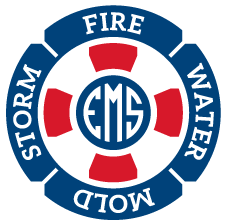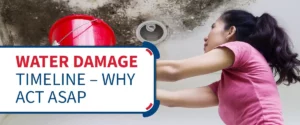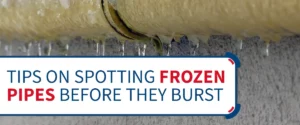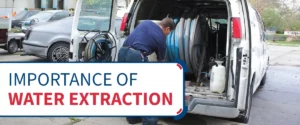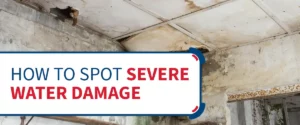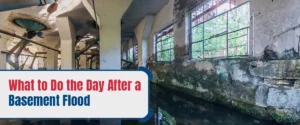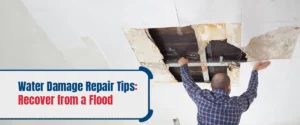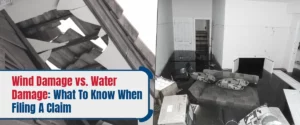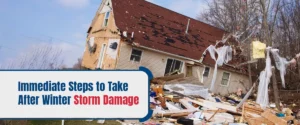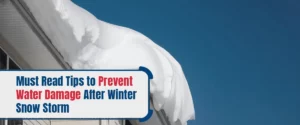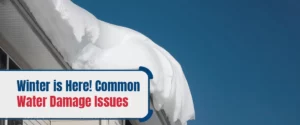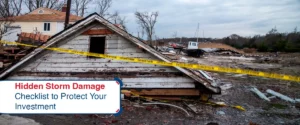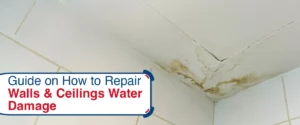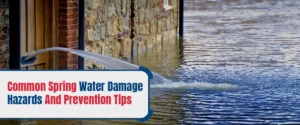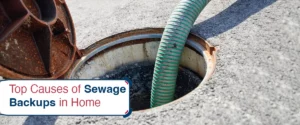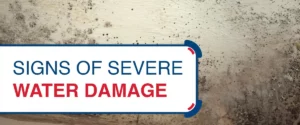Emergency Mitigation Services
Welcome to Emergency Mitigation Services. When life brings the unexpected, our team of emergency restoration experts is here to help. We provide fast, professional, friendly mitigation services following events such as fires, floods, and storms. To restore your residential or commercial property back to normal, call EMS.
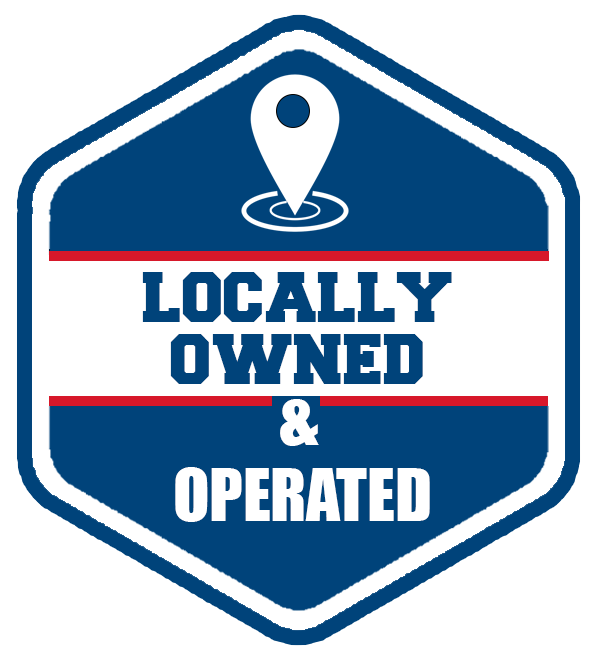

WATER DAMAGE
Flooding, burst pipes, overflowing toilets, storms, and leaking appliances can all cause major water damage. Quick action from Emergency Mitigation Services, LLC minimizes the amount of destruction to your structure.

FIRE DAMAGE
Lightning, electrical malfunctions, space heaters, and kitchen accidents have the potential to cause devastating fire damage. We will secure your structure and mitigate the damage caused by fire, smoke, and water.

STORM DAMAGE
Common midwestern weather events like thunderstorms, tornadoes, snowstorms, and hailstorms can cause long-lasting structural damage with flooding, fallen limbs, and roof damage. Call us to help clean up storm damage and restore your home or business.

MOLD DAMAGE
A mold infestation caused by leaks, high humidity, blocked gutters, or inadequate roof ventilation can result in hazardous air quality. Unless eradicated, this toxic air can lead to major health problems. We technicians will safely clean up the mold and restore healthy air conditions.

RAPID RESPONSE & SANITATION SERVICES
When you need help right away, you can rely on us. Our teams are ready to provide rapid response in emergency situations such as sewage problems, broken windows, compromised roofs, vandalism, and many others.

